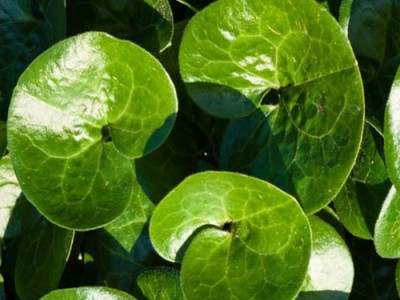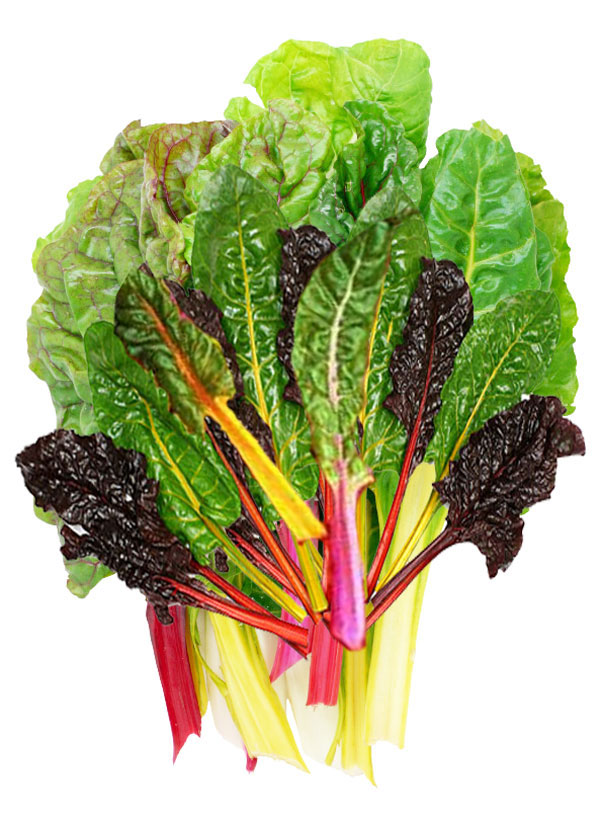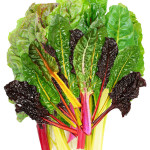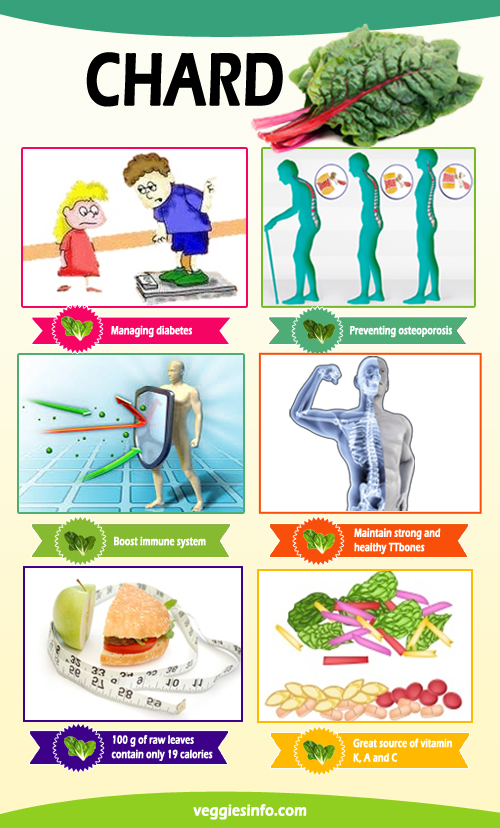

Nutrition Guide & Health Properties | Chard
About Chard
Chard belongs to the Amaranthaceae family and its name was first coined by Carol Von Linne as Beta vulgaris. Used as a key ingredient in Mediterranean cooking chard has a distinctive long leaf stalk and green leaves that is used for cooking. Chard is often compared to that of spinach because of its resemblance in shape and size but it is very different in taste to that of spinach. This vegetable holds its origin in Sicily; during 1830s long after it was first originated it was discovered in gardens of England and America. There are number of varieties of chard available in the market; ones with red stalk, yellow stalked ones some even have pink, red or purple stalks growing in them. The most popular variety of chard is the one with stalks and spinach like leaves. It is a biennial plant and grown usually in the northern hemisphere; they are fragile and perish really fast. In most of the countries chard is also known as silverbeet. The other common names for chard are perpetual spinach, beet spinach, seakale beet, or leaf beet.
Chard Nutrition Value
- Great source of Vitamin K, A and C.
- Contains copper, calcium, sodium, potassium, iron, manganese, and phosphorus.
- 100 g of raw leaves contain only 19 calories.
- Chard is one of the excellent vegetable sources for vitamin-K; 100 g provides about 700% of recommended intake.
- Vitamin K has potential role bone health by promoting osteotrophic (bone formation and strengthening) activity.
- Adequate vitamin-K levels in the diet help limiting neuronal damage in the brain; thus, has established role in the treatment of patients suffering from Alzheimer’s disease.
Health Benefits Of Chard
- Maintain strong and healthy bones.
- Boost immune system.
- Preventing osteoporosis.
- Managing diabetes.
| Principle | Nutrient Value | Percentage of RDA |
|---|---|---|
| Energy | 1% | 19 Kcal |
| Carbohydrates | 3.74 g | 3% |
| Protein | 3.27 g | 6% |
| Total Fat | 0.20 g | 1% |
| Cholesterol | 0 mg | 0% |
| Dietary Fiber | 1.6 g | 4% |
| Vitamins | ||
| Folates | 14 µg | 4.5% |
| Niacin | 0.400 mg | 2% |
| Pantothenic acid | 0.172 mg | 3% |
| Pyridoxine | 0.99 mg | 7.5% |
| Riboflavin | 0.090 mg | 7% |
| Thiamin | 0.040 mg | 3% |
| Vitamin A | 6116 IU | 204% |
| Vitamin C | 30 mg | 50% |
| Vitamin E | 1.89 mg | 12.5% |
| Vitamin K | 830 µg | 692% |
| Electrolytes | ||
| Sodium | 213 mg | 14% |
| Potassium | 379 mg | 8% |
| Minerals | ||
| Calcium | 51 mg | 5% |
| Copper | 0.179 mg | 20% |
| Iron | 1.80 mg | 22.5% |
| Magnesium | 81 mg | 20% |
| Manganese | 0.366 mg | 16% |
| Phosphorus | 46 mg | 6% |
| Selenium | 0.9 µg | 1.5% |
| Zinc | 0.39 mg | 3% |
| Phyto-nutrients | ||
| Carotene-ß | 3647 µg | — |
| Carotene-a | 45 µg | — |
| Lutein- zeaxanthin | 11000 µg | — |
Consuming chard can be proven to be highly nourishing for the body. A cup of boiled Swiss chard that is 175 grams contains only 35 calories which proves it to be a low calorie diet food. It has a very high content of vitamins especially vitamin K. Good bone health is aided by good diet rich in Vitamin K, K1, and K2; they protect the bones from breaking and also prevent it from excessive production of osteoclast that is a cell that breaks down bones. The next time you feel weak in your bones you know what your body needs. Leafy vegetables like chard are rich in phyto-nutrient a nutrient that is derived from plants and it has a unique anti inflammatory property that reduces health risk such as blood pressure problems and prevents the body from allergies. Chard is a holy food for diabetic patients as it aids in production of insulin in the body thus controlling blood sugar levels. Healthy eyes and good vision has become a rare these days thanks to the over indulgence in gadgets. Carotenoids aid in developing good vision and this is found in abundance in chard.Swiss chard is rich source of oxalic acid which reduces absorption of calcium and induces formation of crystals of calcium oxalates (type of kidney stones) in the urinary tract of susceptible individuals. Also, Swiss chard is not recommended for people on the anticoagulant therapy (because of the high level of vitamin K in the plant). Swiss chard is ideal for all people who would like to lose some weight because it contains few calories and fats
How To Enjoy Chard
Chard is often used as a substitute to spinach but it has a whole lot of recipes based on it. Used for raw consumption in salads, chard adds the vibrant colour and flavoursome taste to the salad bowl during hot summers as it is refreshingly crunchy in texture. Egyptians enjoy their chard cooked in a broth with coriander. Apart from all this cold soups, stir fries and steaming it are the most common ways of cooking chard. This leafy vegetable is also cooked with feta cheese and is eaten as an accompaniment to omelettes. This food may not suit every individual due to the following reasons; chard consist of high oxalate content and it is a strict no-no to anyone ailing from kidney problems as consuming this might aggravate their health condition further. One needs to check their resistance towards oxalate before binging into this veggie delight.




